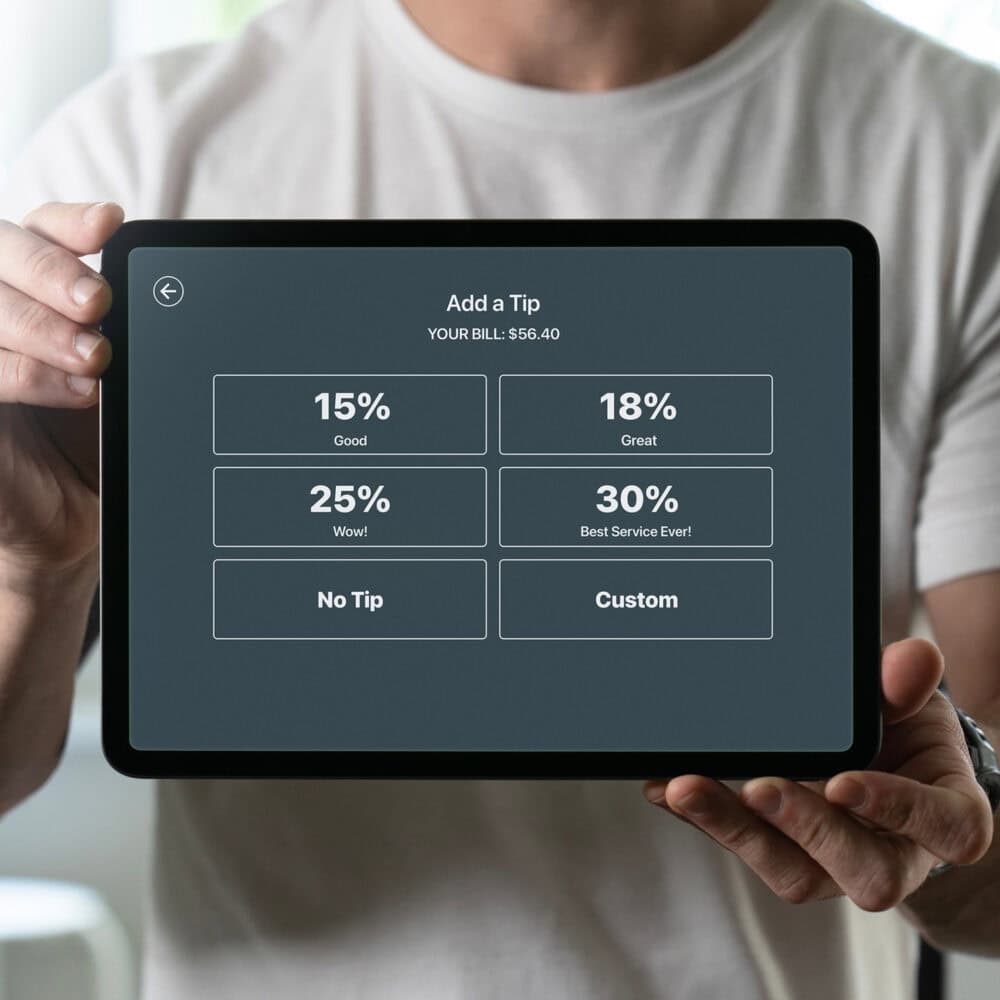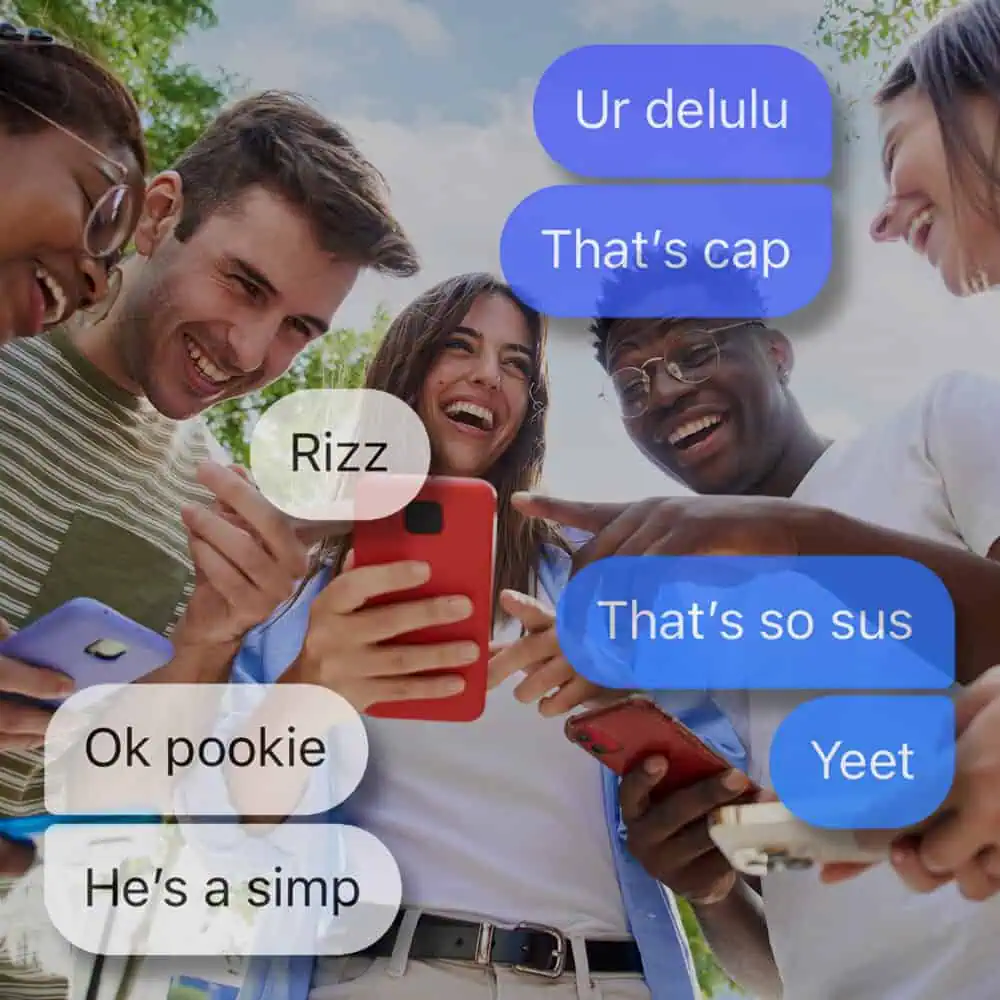Seattle Culture
Health: Braintrust
A groundbreaking law and a commitment to top-flight concussion treatment aim to make Washington?s yo
By Elizabeth M. Economou December 31, 1969
This article originally appeared in the August 2010 issue of Seattle magazine.
Braintrust
As student-athletes prepare to head back to school, it’s unlikely many of them will be thinking about a young man named Zackery Lystedt. But state legislation known as the Zackery Lystedt Law might one day save their lives.
Four years ago, Lystedt was playing football for Tahoma Junior High in Maple Valley when he received a blow to the head. He left the game, but returned in the third quarter, forcing a fumble that secured his team’s victory. Shortly after the game, he collapsed. Now 17, Lystedt requires around-the-clock care and is learning to walk again.
The law that his misfortune prompted, signed by Governor Chris Gregoire in May 2009, is aimed at reducing preventable brain injuries. Any athlete younger than 18 who has been removed from a game after suffering a suspected concussion or head injury can return to play only by getting written clearance from a licensed health professional.
“Very simply, the Zackery Lystedt Law standardized return-to-play rules,” says Richard Adler, a lawyer for the Lystedt family and chairman of the Brain Injury Association of Washington, the muscle behind passage of the law.
The U.S. Centers for Disease Control and Prevention (CDC) reports that as many as 3.8 million sports- and recreation-related concussions occur in the U.S. each year. The CDC defines concussion as an injury that changes how the cells in the brain work, prompted by a blow to the head or body that causes the brain to move rapidly inside the skull.
Concussions occur in all sports. In Washington, for example, the rate of concussions among girls playing high school soccer is nearly as high as it is for boys competing in high school football. Betsy Paulson, head coach of the Ingraham High School girls’ soccer team, says she’s relieved by the legislation. “It’s nice to know that, as coach, I don’t have to guess if my player is OK to return to the field,” she says.
For Doug Andreassen, president of the Washington Youth Soccer Association (washingtonyouthsoccer.org), passage of the Lystedt bill was momentous. “For once, we are providing the necessary tools to coaches, trainers, parents and players to recognize concussions and to follow up with the proper medical treatment before returning to play,” he says. These include information forms that students and parents must sign each year before play begins. Andreassen says the standardized return-to-play statute “is perhaps the most significant law that has affected youth athletes since the inception of organized sports.”
The legislation requires school districts to work with the Washington Interscholastic Activities Association to inform coaches, athletes and parents about the dangers of concussions, says executive director Mike Colbrese. “The most challenging aspect is making sure that groups—especially in rural areas—are receiving the education,” he says.
The law has generated lots of attention—and traction. On the treatment side, University of Washington Medicine and Harborview Medical Center partnered last year with Seattle Children’s Hospital to form the Seattle Sports Concussion Program, the first concussion-treatment program in the country associated with a Level 1 trauma center and top-tier doctors as medical codirectors. Dr. Stanley A. Herring shares the position with Dr. Richard Ellenbogen, a University of Washington professor and neurosurgeon who was tapped in March by the National Football League to be the cochair of its Head, Neck and Spine Medical Committee. Herring, a specialist in physical medicine and rehabilitation, says the combined clinics treat as many as 200 patients every month.
Not one to mince words, Herring says, “Concussions are brain injuries and all brain injuries are potentially serious…. [And] the data is pretty clear that youth athletes recover more slowly. The only remedy is rest. There are no shortcuts.”
That rest is not limited to avoiding physical activity. It may also include cognitive rest, such as abstaining from homework, texting and video games. “Anything that intensifies symptoms prolongs recovery,” Herring says. Concussion symptoms vary widely from patient to patient, and may include confusion, sensitivity to bright light, headaches and even odd emotional behavior—such as giggling or sobbing on the sidelines. “It all depends on what part of the brain is injured,” he says.
Adler adds that only 10 to 20 percent of sports-related concussions result in loss of consciousness. “That doesn’t mean it isn’t serious,” he says.
Since Washington passed the Lystedt law, Oregon, Virginia, New Mexico and Oklahoma have approved similar legislation, and the American College of Sports Medicine is urging its 20,000 members to push for laws wherever they live.
Knowing that Zack will be affecting others for the rest of his life is gratifying and humbling—“a win-win”—says Victor Lystedt, Zack’s dad. “But it’s important to understand that what happened to Zackery was not an accident,” he says, “but a preventable injury.”
Originally published in August 2010




